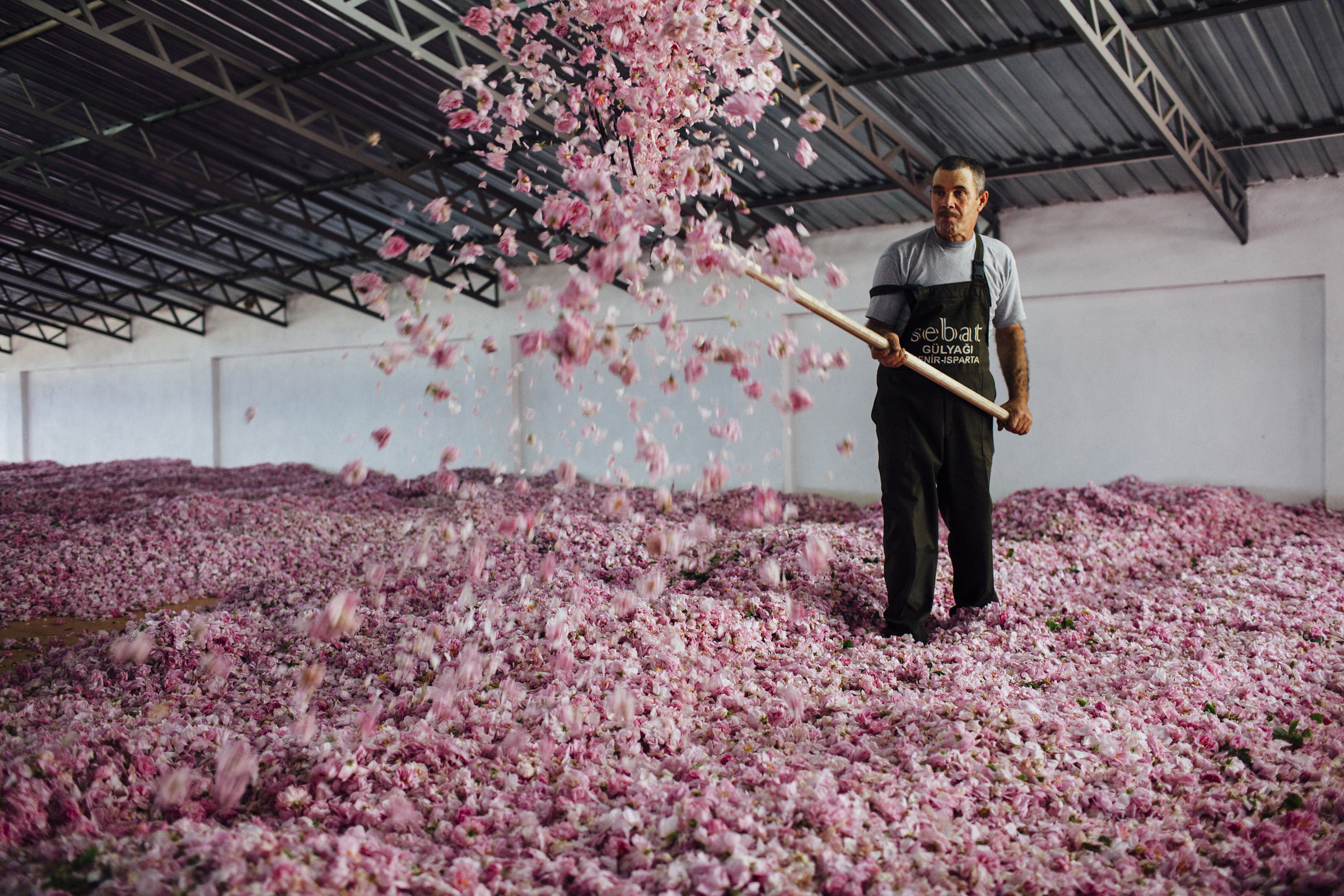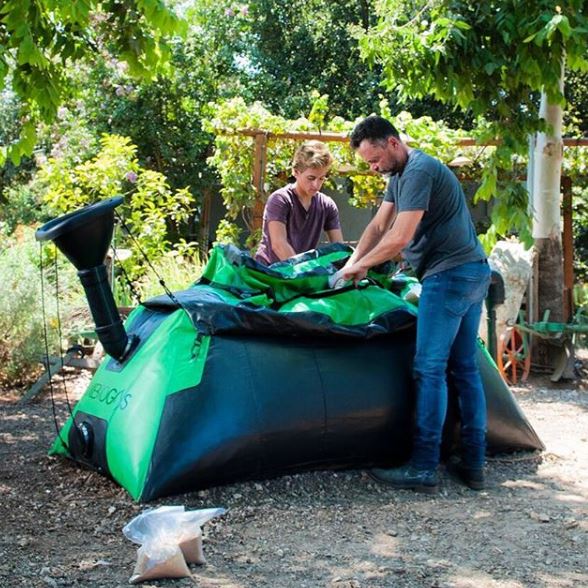On land, heatwaves can be deadly for humans and wildlife and can devastate crops and forests.
Unusually warm periods can also occur in the ocean. These can last for weeks or months, killing off kelp forests and corals, and producing other significant impacts on marine ecosystems, fishing and aquaculture industries.
Yet until recently, the formation, distribution and frequency of marine heatwaves had received little research attention.
Long-term change
Climate change is warming ocean waters and causing shifts in the distribution and abundance of seaweeds, corals, fish and other marine species. For example, tropical fish species are now commonly found in Sydney Harbour.
But these changes in ocean temperatures are not steady or even, and scientists have lacked the tools to define, synthesize and understand the global patterns of marine heatwaves and their biological impacts.
At a meeting in early 2015, we convened a group of scientists with expertise in atmospheric climatology, oceanography and ecology to form a marine heatwaves working group to develop a definition for the phenomenon: A prolonged period of unusually warm water at a particular location for that time of the year. Importantly, marine heatwaves can occur at any time of the year, summer or winter.
With the definition in hand, we were finally able to analyze historical data to determine patterns in their occurrence.
Analysis of marine heatwave trends
Over the past century, marine heatwaves have become longer and more frequent around the world. The number of marine heatwave days increased by 54 per cent from 1925 to 2016, with an accelerating trend since 1982.
We collated more than 100 years of sea surface temperature data around the world from ship-based measurements, shore station records and satellite observations, and looked for changes in how often marine heatwaves occurred and how long they lasted.
We found that from 1925 to 1954 and 1987 to 2016, the frequency of heatwaves increased 34 per cent and their duration grew by 17 per cent.
These long-term trends can be explained by ongoing increases in ocean temperatures. Given the likelihood of continued ocean surface warming throughout the 21st century, we can expect to see more marine heatwaves globally in the future, with implications for marine biodiversity.
‘The Blob’ effect
Numbers and statistics are informative, but here’s what that means underwater.
A marine ecosystem that had 30 days of extreme heat in the early 20th century might now experience 45 days of extreme heat. That extra exposure can have detrimental effects on the health of the ecosystem and the economic benefits, such as fisheries and aquaculture, derived from it.
A number of recent marine heatwaves have done just that.
In 2011, a marine heatwave off western Australia killed off a kelp forest and replaced it with turf seaweed. The ecosystem shift remained even after water temperatures returned to normal, signalling a long-lasting or maybe even permanent change.
That same event led to widespread loss of seagrass meadows from the iconic Shark Bay area, with consequences for biodiversity including increased bacterial blooms, declines in blue crabs, scallops and the health of green turtles, and reductions in the long-term carbon storage of these important habitats.
Similarly, a marine heatwave in the Gulf of Maine disrupted the lucrative lobster fishery in 2012. The warm water in late spring allowed lobsters to move inshore earlier in the year than usual, which led to early landings, and an unexpected and significant price drop.
More recently, a persistent area of warm water in the North Pacific, nicknamed “The Blob”, stayed put for years (2014-2016), and caused fishery closures, mass strandings of marine mammals and harmful algal bloom outbreaks along the coast. It even changed large-scale weather patterns in the Pacific Northwest.
As global ocean temperatures continue to rise and marine heatwaves become more widespread, the marine ecosystems many rely upon for food, livelihoods and recreation will become increasingly less stable and predictable.
Originally Published by The Conversation, continue reading here.
More information on this and related studies can be found on www.marineheatwaves.org.






